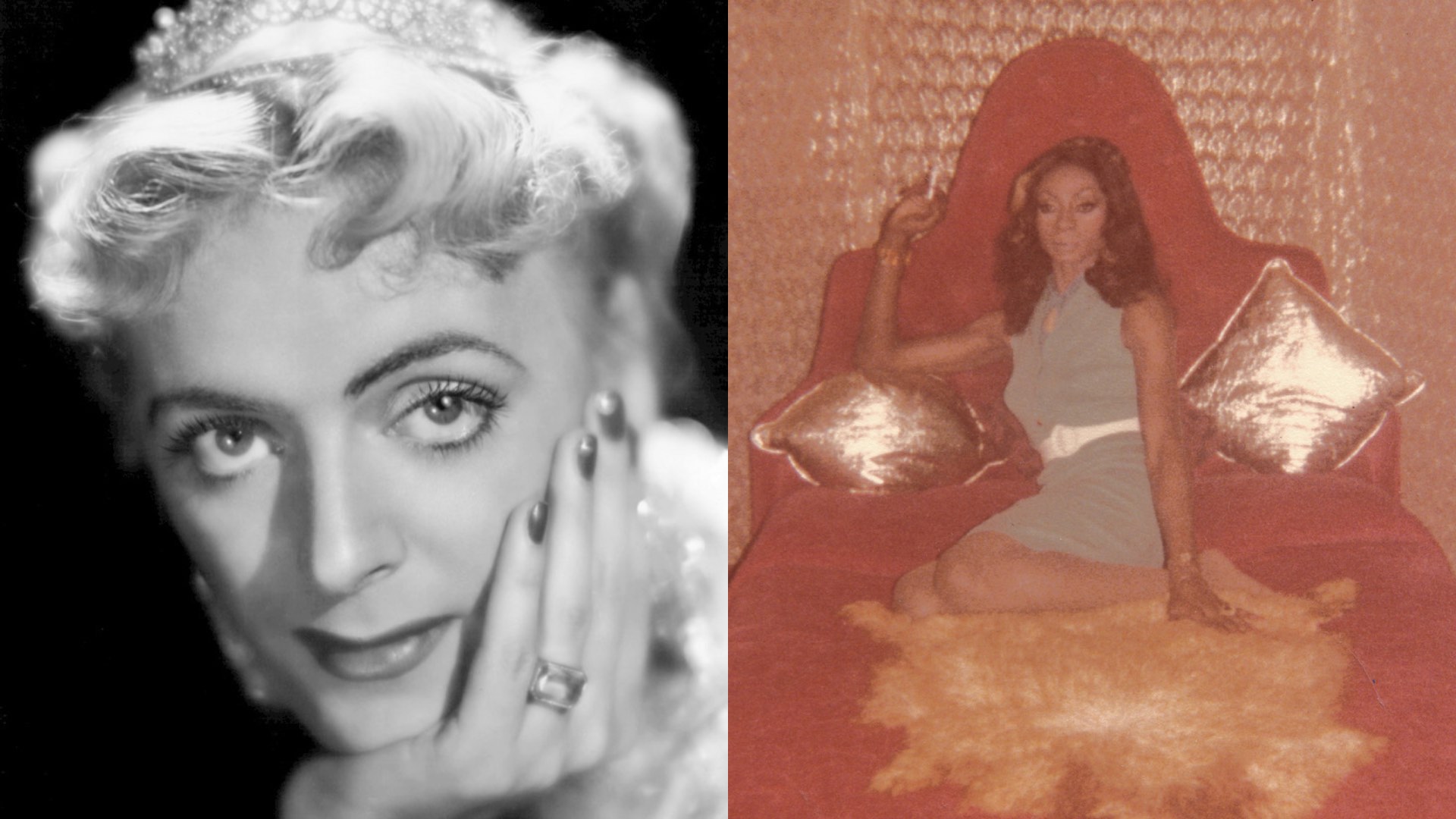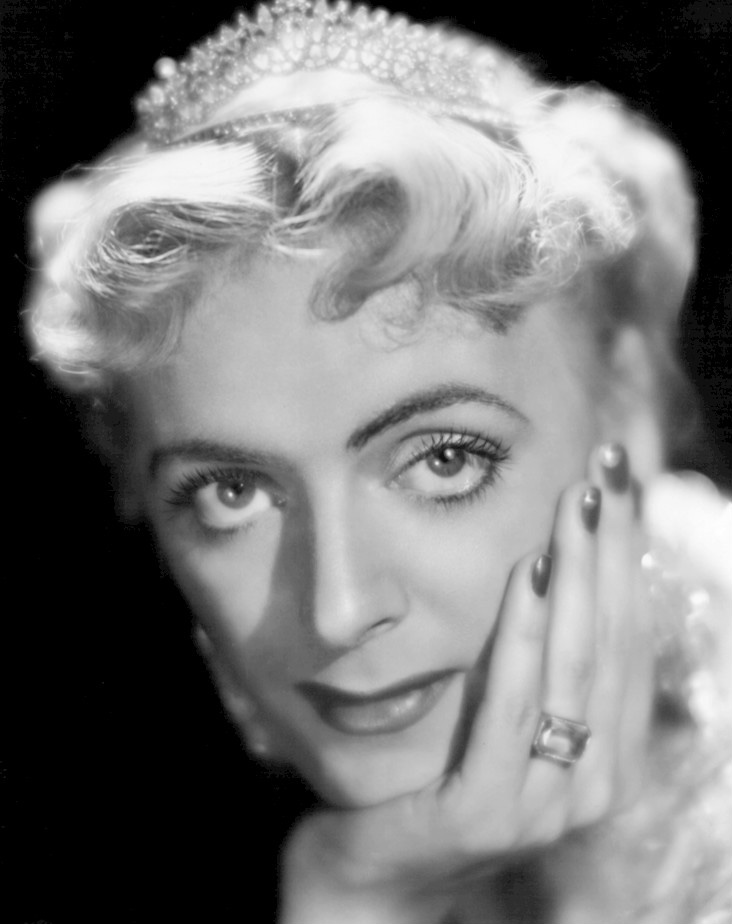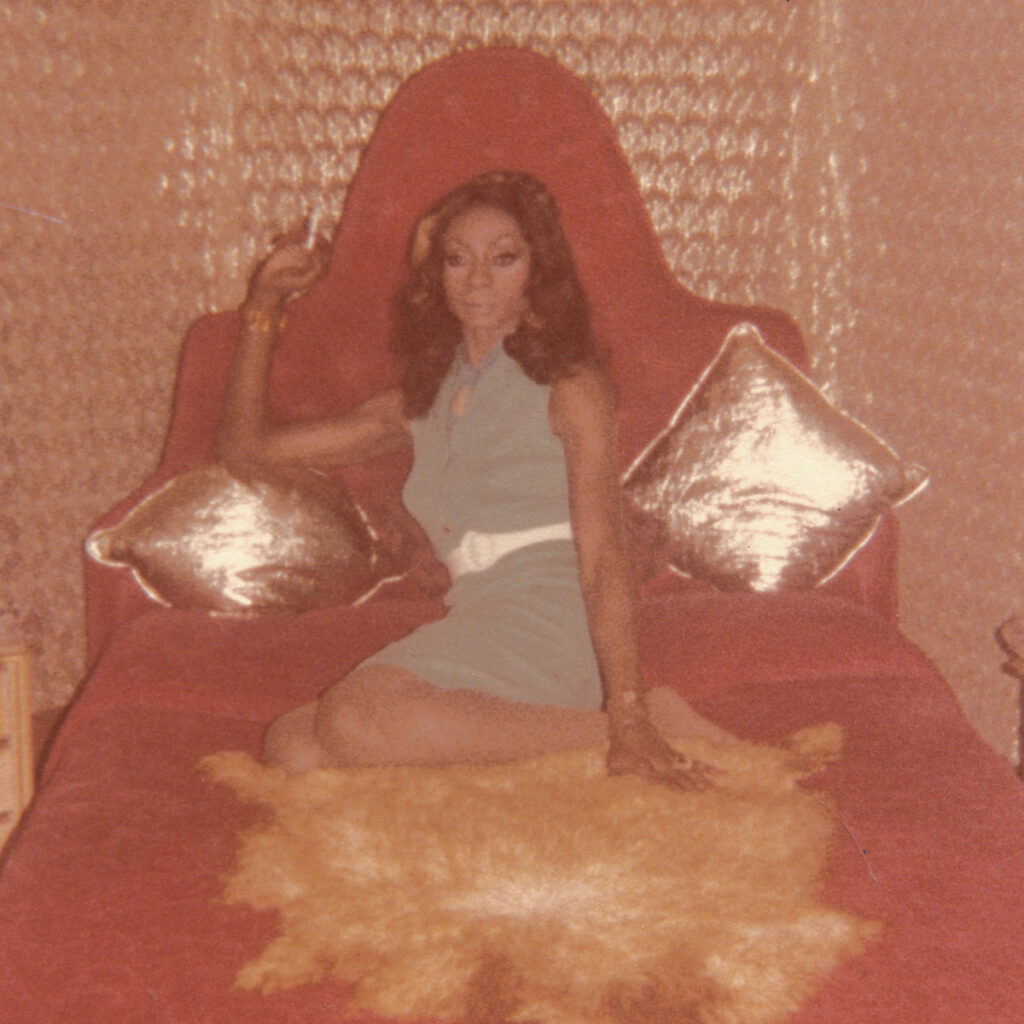Trans+ History Week: 6 lesser-known trans people through history you should know about
From the Roman Empire to eighteenth-century Europe to the mid-1970s Gay Liberation, history has demonstrated time and time again that trans people have always existed long before the word ‘trans’ was even part of our vocabulary

Trans identity is no new phenomenon, it’s no new trend, nor is the trans identity isolated to any time or place. From the Roman Empire to eighteenth-century Europe to the mid-1970s Gay Liberation, history has demonstrated time and time again that trans people have always existed long before the word ‘trans’ was even part of our vocabulary.
Within LGBTQ+ history, it’s increasingly important to recognise and document trans stories and lives that have been otherwise misrepresented, forgotten or lost. This serves as a reminder of the importance of documentation, especially in our current times, where the identities of trans people are being actively denied, excluded and ostracised.
We know all about trans icons like April Ashley, Marsha P. Johnson and Sylvia Rivera, but there are many more who have made history but are overlooked. To mark Trans+ History Week (5 to 11 May), we’re taking a look back at some lesser-known trans historical figures whose impact still reverberates in the world today.
Dr. Alan Hart
Groundbreaking American physician and radiologist Dr. Alan Hart pioneered the medical use of X-ray photography in tuberculosis detection, a practice that is still used as the gold standard today. This trailblazing discovery is believed to have saved countless lives and continues to do so around the globe despite Hart’s death in 1962. It’s not only in the medical field that Hart made history; he was one of the first in the US to undergo a hysterectomy.
Though there has been much conflict over Hart’s identity and the use of a transgender label, today, it is widely understood that Alan Hart was a trans man. Hart attended medical school but transitioned soon after and began working as a doctor. Hart lived out his life as a man, and following his death, his widowed wife also never wavered from Hart’s identity as a man.
Alongside working in the medical field, Hart became a keen writer and authored four books that included semi-autobiographical details. For instance, his 1936 novel The Undaunted includes subtext of the trans experience. The Undaunted follows Sandy Farquhar, a closeted X-ray technician, who had drifted between jobs after being tormented over his sexuality. The parallels to Hart’s own life are inescapable.

Elagabalus
Dating even further back than Hart, Roman Emperor Marcus Aurelius Antoninus (better known as Elagabalus), who ruled from 218 to 222, is understood to be a trans figure. Though Elagabalus’ reign was short (they were assassinated at 18 years old), historians continue to debate their sexual orientation and gender identity.
Some have noted that Elagabalus preferred to be addressed as a woman, and liked being described as their lover’s wife and queen. In 2023, the North Hertfordshire Museum stated Elagabalus should be considered a trans woman. This was after the discovery of texts revealing the Emperor said: “Call me not Lord, for I am a Lady.”
Writers have also identified that Elagabalus may have wanted to undergo gender-affirming surgery. The emperor wore makeup and a wig and seemingly provided lots of money to a physician, pleading to have a vagina. Though the Romans did not have a transgender label in the same way we do, Elagabalus is an example that trans identities existed long before we had a defining word.
Chevalier d’Eon
Chevalier d’Eon lived a fascinating life as a French diplomat, spy, and soldier in eighteenth-century Europe. It is understood that d’Eon lived the first half of their life as a man, then identified as a woman until their death in 1810. D’Eon is often regarded as the first openly transgender person in Europe.
With an androgynous physique, d’Eon began living as a woman in 1777, where she was recognised as such by King Louis XVI. The gender fluidity of d’Éon, like many of these figures, is still debated, but in their unpublished autobiography The Interests of the Chevalier d’Éon de Beaumont, they claim to have been born female but raised male. This revelation leads to theories that d’Eon rose up France’s ranks with their gender nonconformity as a power.
One alleged story of d’Eon remarks that they were sent to conspire with Empress Elizabeth of Russia and to gain her trust, d’Eon assumed the female identity of Lady Lia de Beaumont. Then, after being a whistleblower for France’s secret correspondence, d’Eon took refuge in London. But even here, they couldn’t escape ridicule; The London Stock Exchange ran wagers about d’Éon’s sexual identity, but d’Eon challenged anyone who bet on their identity to a duel… iconic!

Christine Jorgensen
After serving in the army during World War II, Christine Jorgensen returned to New York, where she heard about gender-affirming surgery. She then travelled to Denmark, disguising the trip as a family holiday, to undergo the operation in 1951, and, in doing so, she became the first person in the US to undergo the surgery publicly. Later, she obtained a vaginoplasty, and the medical advisor credited Jorgensen with advancing these medical studies, which opened up possibilities for others to follow in her footsteps.
As the media flocked to her story, Jorgensen took the opportunity to educate the American public. She became an overnight celebrity and used her platform to advocate for trans people, including giving university lectures on her trans experience. Under the spotlight, Jorgensen penned her autobiography, Christine Jorgensen: A Personal Autobiography, which sold nearly half a million copies, adding to her legacy of guiding conversation to a more inclusive space regarding the trans community.
Willmer ‘Little Axe’ Broadnax
Gospel star Willmer ‘Little Axe’ Broadnax is another key trans figure in the arts. Born and raised in Houston, Broadnax often appeared with his brother, William ‘Big Axe’ Broadnax, in quartets during the golden age of Traditional Black Gospel. During his career, Broadnax appeared in several gospel music groups, but as the popularity of the gospel quartets came and went, he retired. He died in 1992, aged 75, after being stabbed by his girlfriend in a deadly confrontation. It only became known posthumously that Broadnax was a trans man.
Upon reflection, many in the Gospel community shared that they had noted Broadnax would not use public restrooms. However, this is at the intersection of his gender and race, as public bathrooms were segregated, and Black singers were often unable to use the toilets where they performed. Though it is possible that Broadnax was also uninterested in making their gender identity a conversation. Such a sentiment resonates today, where strangers have taken it upon themselves to be passionate about what toilet a person uses.

Jackie Shane
A pioneer trans performer, Jackie Shane made waves as an American soul and rhythm and blues singer in 1960s Canada. She performed in the same era as the Stonewall uprising and Gay Liberation Front, which prompted recognition of prominent trans figures like Marsha P. Johnson and Sylvia Rivera. Though Shane wasn’t directly involved in these movements, her career runs parallel with this LGBTQ+ history.
Shane was a defining trans woman in the music industry, unafraid to spearhead trans visibility and expression. Her presence alone carved the way for many LGBTQ+ artists to follow and believe they could stand on a stage and be met with applause. Though she disappeared from the Toronto music scene and public life, Shane’s memory has lived on. She’s remembered as an artist who didn’t bow to public speculation or abide by gendered conformity, and she’s honoured in Any Other Way: The Jackie Shane Story, a documentary about her life co-produced by Elliot Page.
